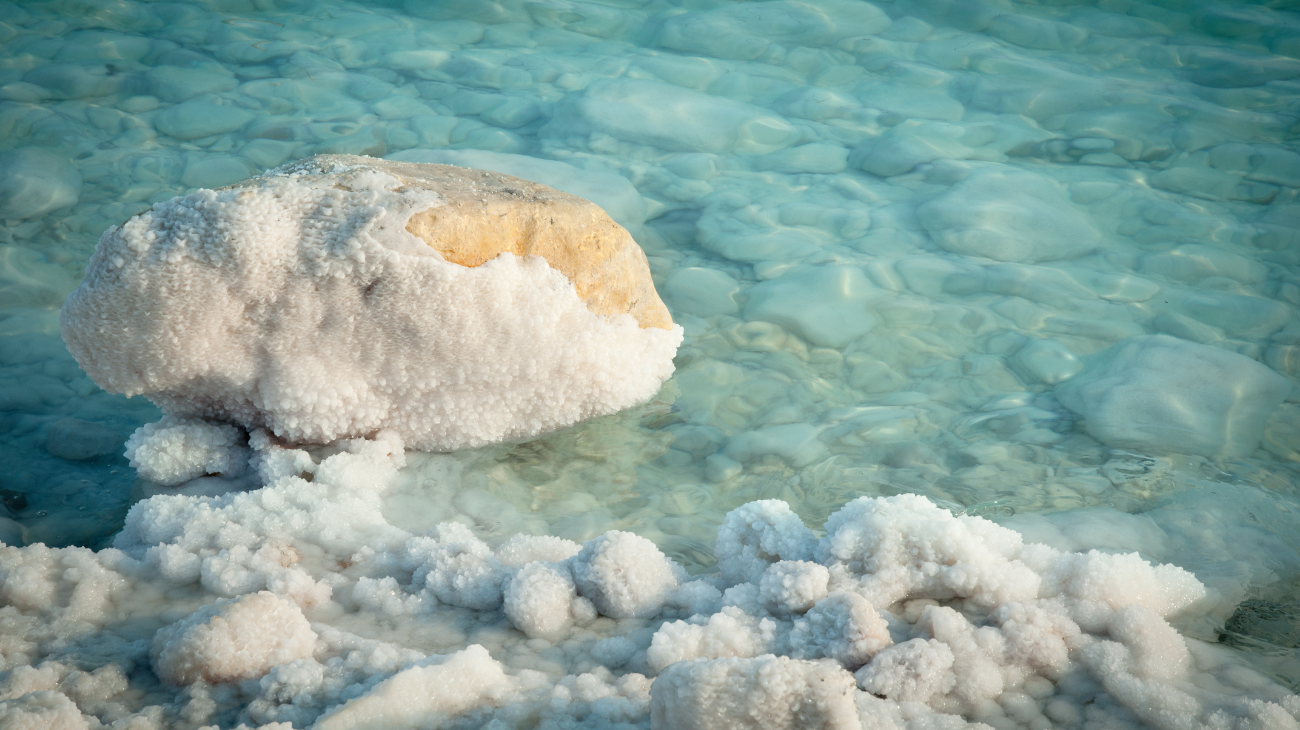“The saline wedge is a hydrogeological phenomenon that occurs when salt water from the sea seeps into coastal aquifers, often due to excessive freshwater withdrawal.”
Imagine sea water sneaking inland, like a thief in the night, in search of precious fresh aquifers to conquer. It is mother nature reminding us not to overdo the water pumping. In Italy, the situation is particularly worrying due to the drought that reduces river flow and facilitates the advance of the saline wedge, with serious repercussions on agriculture and water reserves.
The salinisation of groundwater can make land uncultivable for years and alter river ecosystems, with long-term effects on biodiversity and the local economy.
The phenomenon is influenced by various factors, including sea level fluctuations, the heterogeneity of rock formations and human activities such as urbanisation. Also the use of fresh water for industrial purposes and the construction of navigation channels.
In addition, climate change adaptation policies are needed that take into account sea level rise and the frequency of storm surges, both of which can intensify the saline wedge.
Another important measure is the creation of new reservoirs to collect rainwater, which can be used during dry periods, thus reducing the need to draw from groundwater.
Spatial planning plays a crucial role in salt wedge prevention and the preservation of ecosystem integrity, in the order of:
- limiting urbanisation in coastal areas, avoiding excessive soil sealing;
- preserving strips of natural vegetation;
- constantly monitor salinity levels in groundwater and agricultural soils;
- where possible, contain the withdrawal of fresh water.
Play for the Planet
